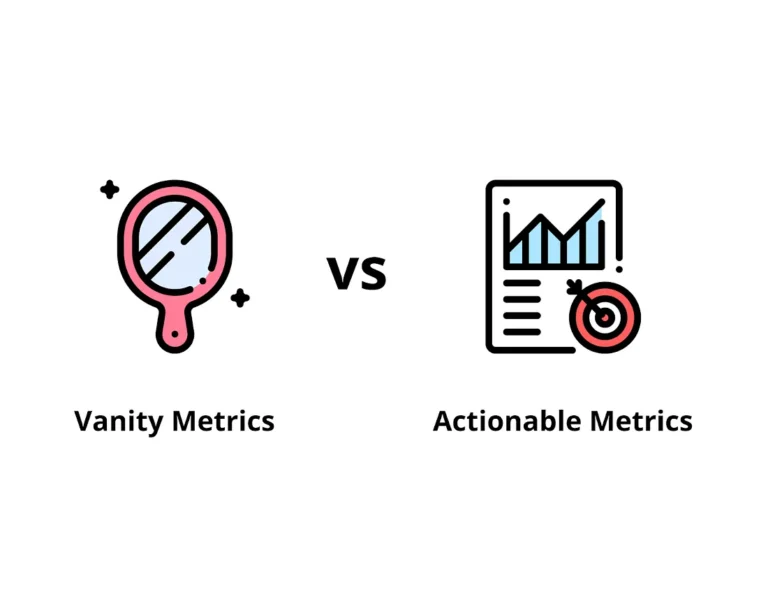Your Content is Great, But Where’s the Traffic? Unpacking Zero-Click Searches
You’ve got solid content that ranks well on Google, yet your website traffic isn’t reflecting this success. What’s going on? The answer lies in a significant yet subtle shift in how people use search engines, which many businesses are not prepared for.
The Zero-Click Search Phenomenon
Did you know that nearly 60% of all Google searches end without a click? Users are finding their answers directly on the search results page, meaning they might never visit your website.
This trend is largely due to AI-generated summaries, featured snippets, and direct answer boxes. It’s a transformation that’s costing businesses valuable traffic and visibility.
What Are Zero-Click Searches?
Zero-click searches provide users with answers right on Google’s results page, reducing the incentive to click through to your site. Here are some common examples:
- Instant Definitions: Definitions that appear at the top of the page.
- Business Information: Quick access to hours and location without leaving Google.
- Bullet Lists: Summaries that pull information from various sources.
According to Seer Interactive, when AI Overviews were introduced, the organic click-through rate (CTR) for informational queries dropped dramatically. By January 2025, the CTR for these queries plummeted to just 0.64%—less than half of the previous year’s average. If your content isn’t featured in these AI-generated responses, it risks being overlooked.
Why Are Zero-Click Searches on the Rise?
Google’s primary goal is to deliver fast and comprehensive answers to users. If doing so requires fewer clicks to websites, that’s merely a consequence of their design evolution. The introduction of AI Overviews in 2024 escalated this trend, as entire summaries began appearing above traditional search results without directing traffic to their original sources.
Moreover, social media is now playing a significant role in how users gather information. Research shows that 67% of consumers use social platforms during their buying journey, obtaining answers without visiting company websites.
You Can Adapt and Succeed!
While this may seem daunting, there are strategic steps you can take to make the new search landscape work in your favor. Here’s how to navigate the era of zero-click searches effectively:
1. Structure Your Content for Scannability
- Lead with answers: Place succinct answers to common questions at the start of your paragraphs.
- Use bullet points: Lists and tables are more likely to be featured in snippets.
- Include FAQs: These sections can trigger rich results and appear in “People Also Ask” panels.
- Highlight important information: Ensure key points are presented early in your content.
2. Implement Schema Markup
Schema markup helps Google understand your content more deeply and enhances visibility in search results. Consider using these types:
- FAQ schema: For Q&A sections.
- Local Business schema: To optimize your brick-and-mortar presence.
- Product schema: For e-commerce sites.
- VideoObject schema: To improve video indexing.
3. Focus on Long-Tail Keywords
Zero-click searches mostly target broad keywords. Opt for long-tail keywords that are more specific and intent-driven, such as:
- Instead of “digital marketing,” try “digital marketing strategy for small law firms.”
Long-tail keywords are less likely to trigger zero-click results and can attract more qualified leads.
4. Build Authority and Provide Value
Creating high-quality, people-first content is crucial. Focus on:
- Experience: Share case studies and personal narratives.
- Expertise: Cite data and supporting research.
- Authoritativeness: Gain recognition on third-party sites and acquire awards.
- Trust: Use HTTPS, maintain detailed author bios, and encourage customer reviews.
5. Optimize for Local SEO
Local searches, particularly transactional ones, are still highly effective.
- Claim your Google Business Profile: Complete all relevant information.
- Regular updates: Share posts and announcements.
- Engagement: Respond to reviews to demonstrate active involvement.
- Consistency: Ensure your NAP (Name, Address, Phone) is uniform across all platforms.
6. Enhance Discoverability via Visual Search
Visual content is increasingly important in search results. To excel in this area:
- Add descriptive alt text to images.
- Create unique visuals related to your core search terms.
- Utilize video content and implement structured data.
7. Stay Agile: Monitor and Adjust
The landscape of zero-click searches is always changing. To stay relevant:
- Track impressions instead of just clicks.
- Identify trends in AI Overviews and adapt your content accordingly.
- Experiment with various formats: FAQs, videos, etc.
- Pivot strategies based on search behavior and Google’s shifts.
Final Thoughts
Your traffic decline isn’t a reflection of content quality





